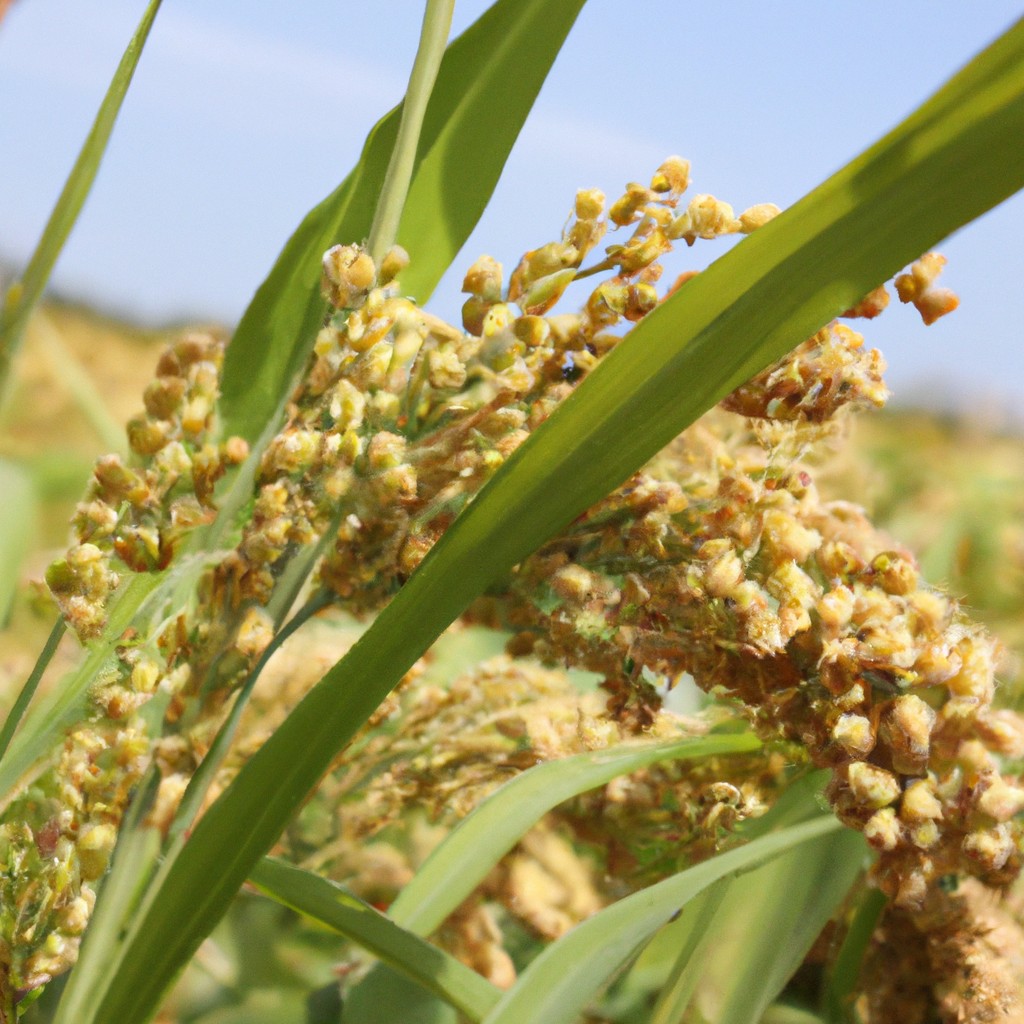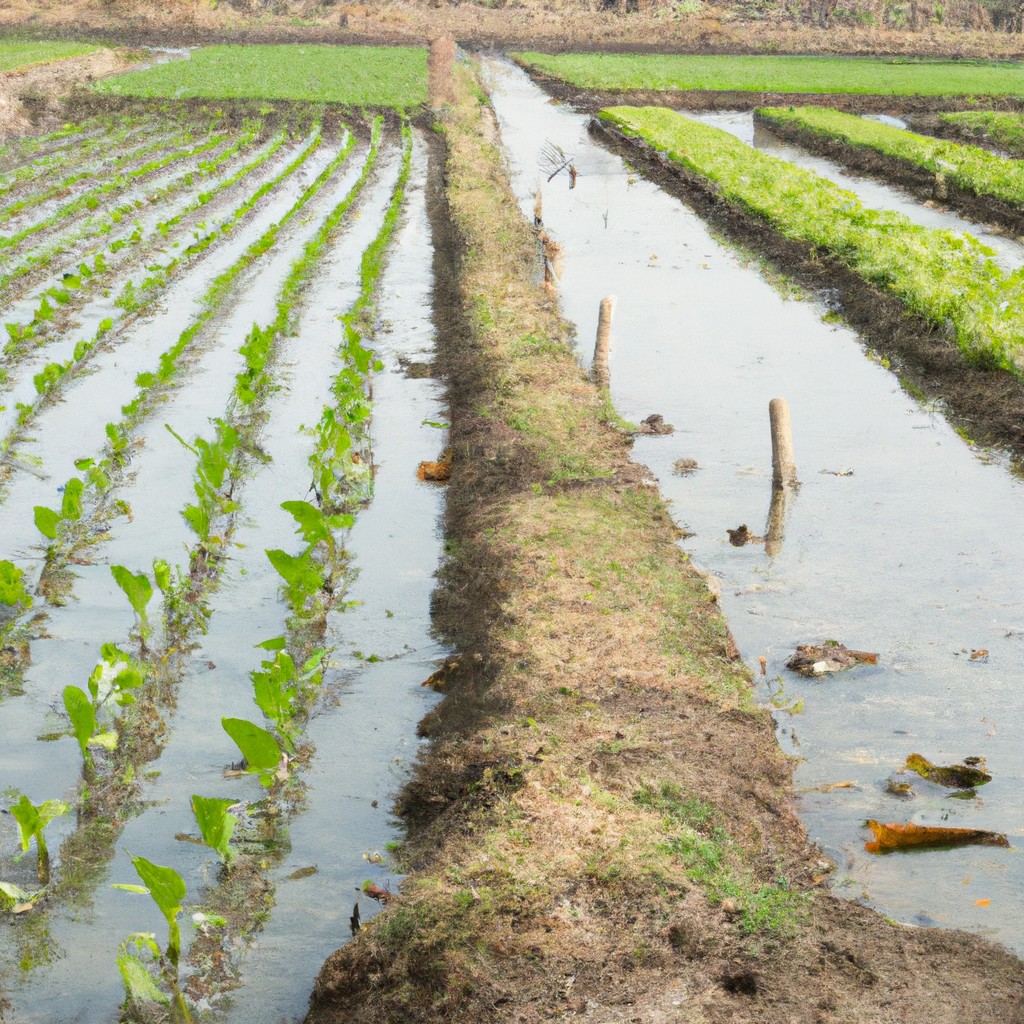In this article, you’ll find out what agriculture studies entail and why they matter for sustainable food production.
Look Inside:
Agriculture and Forestry Specializations

When diving into this branch, you encounter diverse areas like agroforestry and sustainable forest management. Agroforestry, for instance, is like the superhero team-up of agriculture and forestry. Trees and crops live in harmony, supporting each other and boosting productivity. It’s like a mutual support group, but with leaves.
Then there’s sustainable forest management, which is all about ensuring our forests can keep doing their thing for the long haul. Think of it as forest feng shui. Everything is balanced and in tune, providing timber, habitat, and recreation without exhausting resources.
Silviculture focuses on managing forests to meet diverse needs and values. You’re essentially curating a healthy, thriving woodlands symphony.
These specializations are all about balance, productivity, and long-term health. Plus, who doesn’t like the idea of trees and crops teaming up like forest Avengers?
Animal Science
Dive into a world where cows aren’t just moo-machines and chickens aren’t merely egg factories. Hello, Animal Science!
Think of it as the backstage pass to the animal kingdom on a farm. Here, students learn about breeding, nutrition, and health management. Imagine Dr. Dolittle with a clipboard.
Ever wondered why some cows give more milk? Answering that question involves genetic selection, a process to pick the best traits in animals. It’s like matchmaking, but for livestock.
Nutrition is another hot topic. Just like bodybuilders have their protein shakes, livestock have their diets tailored for peak performance. Students study feed composition and discover which snacks help chickens lay golden eggs (figuratively speaking).
Health management deals with preventing illnesses. Forget about aspirin; this involves vaccines and veterinary care. It’s all about keeping the barnyard critters hale and hearty.
Issues like animal welfare and sustainable practices get their spotlight too. Cruelty-free, eco-friendly eggs anyone?
So, if you love animals and spreadsheets, this might just be your utopia.
Horticulture
Picture yourself in a painter’s garden, but instead of brushes and canvas, you’ve got trowels and seeds. Dive into the world where growing veggies, fruits, flowers, and ornamental plants isn’t just a pastime, but a science and a passion.
First off, plant physiology takes the stage. Here, you get to understand how plants grow, why they grow, and sometimes, why they decide to take a leaf-life vacation and wither away.
Next comes plant genetics. This is akin to matchmaking but for plants. Breeding programs aim to mix the best traits for hardier, tastier, and more beautiful plants. Think of it like creating the Brad Pitt of tomatoes.
Pest management isn’t just about squashing bugs. It’s about learning the eco-friendly ways to keep those sneaky critters from munching on your prized roses or turning your cabbages into Swiss cheese.
Ever heard of pomology? Sounds fancy, right? It’s the study of fruit cultivation, basically making sure your apples don’t taste like cardboard and your berries burst with flavor.
Then, there’s floriculture, the art and science of flower farming. It’s where science meets aesthetics — ensuring your bouquets are not only Instagram-worthy but also have a vase life longer than a week.
Finally, landscape horticulture gives you the know-how to design and maintain green spaces. Imagine being the Michelangelo of parks and gardens, balancing beauty with sustainability.
Got your horticulture hat on? Great, because this field is a blossom of possibilities (pun totally intended).
Soil Science
Ever wondered what goes on beneath your boots while you’re out in the field? That’s where the magic happens. Soils are the unsung heroes of agriculture, doing everything from hosting plant roots to filtering water. Think of them as nature’s underground network.
Firstly, soil is a living ecosystem. It contains millions of organisms, from bacteria to earthworms, all working in harmony. These tiny creatures break down organic matter, returning nutrients to the soil. So, yeah, give a cheer for those wiggly earthworms!
Next up, soil texture is crucial. Are you dealing with sandy soil, which drains like a sieve, or clay soil, that holds onto water like a hoarder? The balance between sand, silt, and clay affects how well crops grow. Knowing your soil type can save your plants from drowning or dying of thirst.
pH levels are another key ingredient in the soil cocktail. If the pH is too high or too low, plants can’t absorb nutrients effectively. Think of soil pH as the Goldilocks factor— it has to be just right.
Finally, soil science also involves protecting this precious resource. Erosion control, crop rotation, and cover crops are strategies to keep that topsoil where it belongs. Just imagine soil wearing a superhero cape—it’s that important!
Keeping these points in mind can unveil the secrets beneath our feet, making for healthier, happier crops.
Rural Development
This field focuses on improving the living conditions and economic prospects of rural communities—think of it as a countryside makeover, but with more tractors and fewer manicures.
One key area is infrastructure development: better roads, clean water, and reliable electricity can transform a rural area, making life easier and businesses more viable. Then there’s education. Providing quality education and vocational training ensures that future generations have the skills needed to thrive locally, instead of migrating to cities.
Job creation is another critical component. Supporting local industries like agriculture, crafts, and eco-tourism can generate employment and retain the youth population. And don’t forget healthcare. Accessible medical services can make rural life healthier and more attractive.
Engaging with the community is vital. Plans need to be tailored to fit local cultures, resources, and needs. Involving residents in the decision-making process fosters a sense of ownership and boosts the chances of success. Plus, nothing beats a community brainstorming session over fresh bread and homemade jam!




